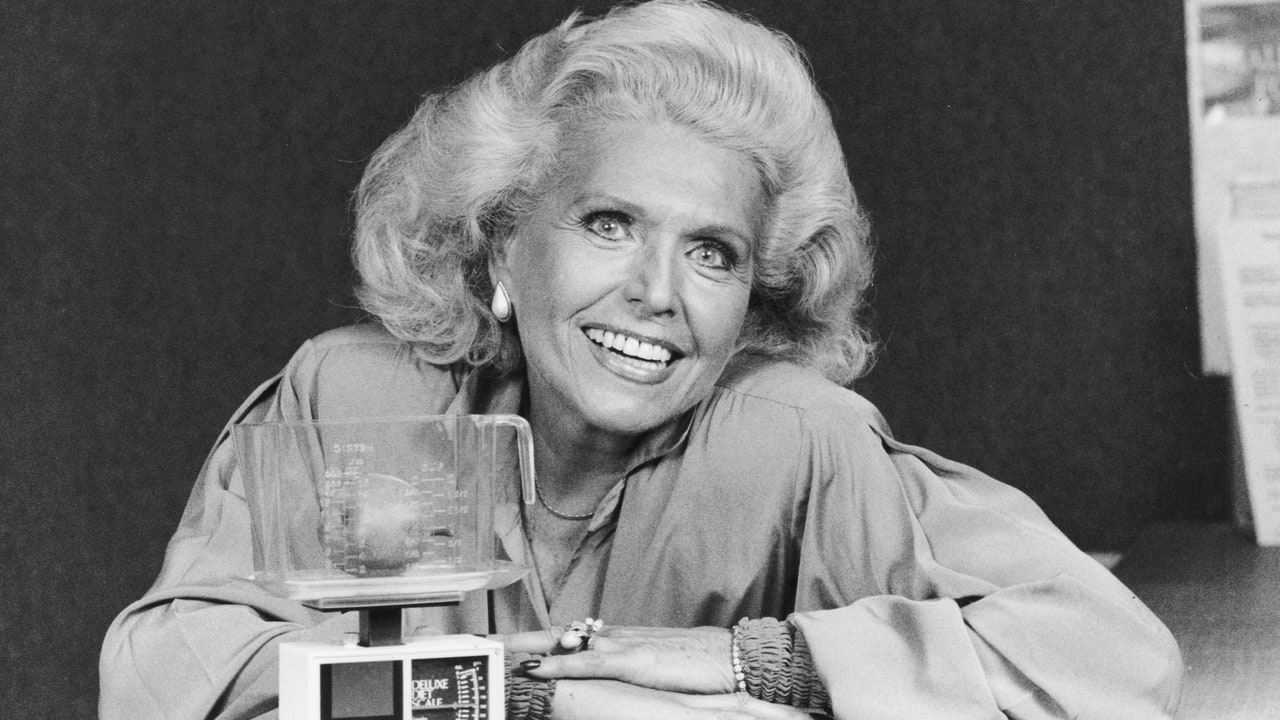They say that two things in life are certain: death and taxes. But ever since I was 12, Weight Watchers has loomed right alongside them, an immovable cultural force.
I started tracking calories (a.k.a. “points”) on the site when I was in middle school. This continued, on and off, into my early 20s, when I would dutifully shop for kale, bananas, avocados, and other low-point foods before inevitably falling off the wagon and binge eating. On a platform that regarded a single quesadilla made with low-fat cheese as a wild Friday-night “treat,” how, I would wonder, should one log a family-size serving of Domino’s Cheesy Bread? The two decades I spent doing a sad little pas de deux with Weight Watchers could frequently be distilled to me eating either way below or in excess of the contours of my actual appetite.
That’s part of why, when I saw last week that Weight Watchers was preparing to file for bankruptcy, I couldn’t help feeling a sliver of validation. It’s not that I think a program like Weight Watchers shouldn’t exist for anyone, just because my personal relationship to diet culture has evolved; for years, I genuinely felt like it was helping me. But the therapy, 12-step food group work, and time that have led to my current diet policy—I don’t diet, I don’t discuss dieting or ever express regret for not dieting, and I try to take an “eyes on your own paper” approach to food choices and body size in general—have made me resent all the time and money (God, the money!) that I poured into sustaining the Weight Watchers business model, one powered almost entirely by its customers’ self-disgust.
Now, Weight Watchers isn’t exactly facing bankruptcy because people everywhere are suddenly looking inward and agreeing to throw off the shackles of compulsory thinness. The rise of GLP-1 weight-management drugs such as Ozempic and Mounjaro has been at the expense of older, subscription-based programs, especially among younger would-be users who can’t fathom adhering to the same dusty old diet principles they saw their mothers and grandmothers follow (and with varying degrees of success: roughly 97% of diets fail long-term). Sure, Weight Watchers may have put a friendlier, more community-minded face on weight loss than the current capitalism-enabled craze for Ozempic does, but at the end of the day, they’re all versions of the same thing.
Given how messed up I was by the low-cut-jeans-and-visible-hipbones craze of the early aughts, I can’t imagine what today’s young people are internalizing from watching Ozempic commercials like the one I raged over last night, in which a bride is shown giddily getting married in a long, white dress after presumably losing weight via injectables. (As if we don’t already make it hard enough for fat people to see themselves in the thinness-obsessed brial industry!) Add to that the fact that GLP-1s aren’t cheap, their long-term side effects aren’t entirely set in stone, and they have the potential to worsen a disordered-eating mentality just as much as any diet can. But the shaming of people who take these drugs has made me feel as though I exist in some parallel universe, where the systemic fatphobia that possibly pushed them to do so—held up by companies like Weight Watchers—never existed.
Read the full article here




